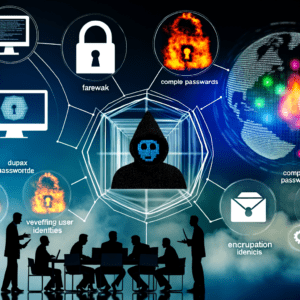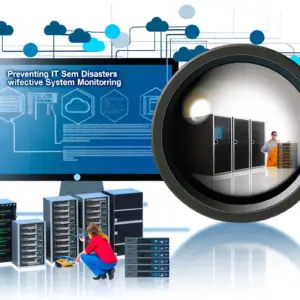Cybersecurity Best Practices for Remote Workforces
In an increasingly digital world, remote work has become a fixture for many businesses. However, it brings unique cybersecurity challenges. This article delves into effective strategies and best practices to secure a remote workforce, safeguarding both corporate and personal data from potential threats.
Establish a Secure Connection
Creating a secure remote work environment starts with the basics. Encourage employees to utilize Virtual Private Networks (VPNs) for encrypting internet traffic. A VPN ensures that data transmitted between an employee’s device and the corporate network is secure, preventing interception by malicious actors.
In addition, secure Wi-Fi networks are paramount. Employees should be instructed to customize their Wi-Fi settings, change default passwords, and implement WPA3 encryption to fortify the home network. This minimizes the risk of unauthorized access, safeguarding sensitive corporate data.
Implement Robust Authentication Mechanisms
Authentication is a frontline defense against unauthorized access. Encourage the use of multi-factor authentication (MFA) for accessing corporate accounts. By requiring an additional verification step beyond just a password, MFA significantly reduces the risk of compromised accounts.
Moreover, implementing strong password policies is vital. Encourage employees to create complex passwords, unique to each of their accounts, employing a blend of letters, numbers, and symbols. Utilizing a password manager can aid in managing and storing these securely.
Regular Employee Training and Software Updates
Educating employees about cybersecurity is imperative. Continuous training programs should cover recognizing phishing scams, the importance of regular software updates, and safe browsing practices. Cybersecurity becomes more robust when everyone is vigilant and informed.
Software updates also play a crucial role in security. Regularly updating operating systems and applications can patch vulnerabilities, preventing exploitation by cybercriminals. Businesses should emphasize the importance of prompt updates for all software and systems.
Conclusion
In conclusion, as remote work becomes permanent for many, implementing cybersecurity best practices is essential. By establishing secure connections, implementing robust authentication, and ensuring regular employee training and software updates, organizations can effectively safeguard their data and systems against potential threats, ensuring a secure and efficient remote work environment.




